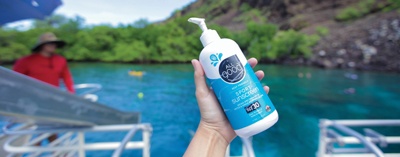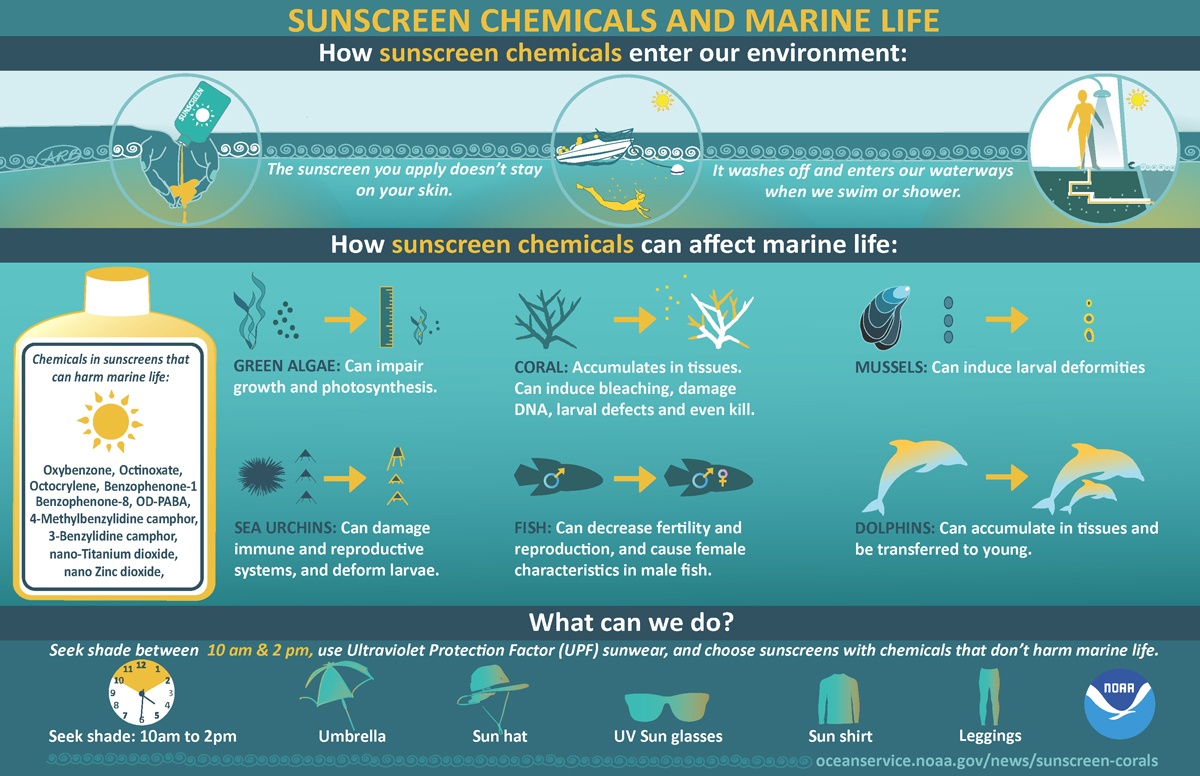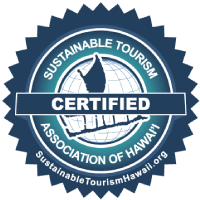Kealakekua Bay Sunscreen Restrictions
New Kealakekua Bay Sunscreen Restrictions Take Effect January 1, 2020
As one of the Big Island’s most popular visitor attractions, Kealakekua Bay State Historical Park has been determined to require conservation policies and practices to help protect this precious marine ecosystem and stimulate coral regeneration.
The Hawaii State Department of Land and Natural Resources (DLNR) has issued new requirements for all Kealakekua Bay special permit holders of new reef-safe sunscreen requirements beginning January 1, 2020.
Only reef safe sunscreen that does not contain oxybenzone, octinoxate, octisalate, avobenzone, octocrylene, homosalate, and nano particles shall be allowed to be used by all commercial vessels permitted to operate in Kealakekua Bay. (Reef Safe sunscreen containing the active ingredients zinc, zinc oxide, and/or titanium dioxide shall only be allowed). DLNR encourages that the wearing of sun protective clothing be utilized instead of sunscreen where practical.
 Fair Wind Provides Complimentary Reef Safe Sunscreen for Guests Onboard All Snorkel Tours
Fair Wind Provides Complimentary Reef Safe Sunscreen for Guests Onboard All Snorkel Tours
All Good Reef Friendly SPF 30 Sport
Active Ingredient: Zinc Oxide 16% (Non-nanoparticle)
Environmental Impacts
Research shows that coral reefs in Hawaii are exposed to over 6,000 tons of sunscreen lotion every year. A 2015 study showed that one of the banned sunscreen ingredients, “oxybenzone”, starts causing serious damage to corals at concentrations as low as the equivalent of one drop of water in six-and-a-half Olympic-sized swimming pools. In Hawaii, concentrations more than 10 times that amount have been measured at popular beaches hosting some of the islands’ largest coral reefs.
This damage, along with harm from other stressors including ocean acidification, water pollution, rising sea temperatures, and coral disease, prevents corals from successfully reproducing and surviving in current marine environments.
Help make a difference
By putting awareness into action, we can make different choices that lessen our impact on the ocean.
- Utilize sun protective clothing whenever possible, in lieu of sunscreen.
- Choose mineral sunscreens, reef safe sunscreens especially lotions containing non-nano zinc oxide and titanium dioxide as the primary active ingredient.
- Avoid aerosol sunscreen. Much of what you spray leaves a residue on the sand which is then washed back into the ocean. Your lungs will be healthier too, as aerosol sunscreens are easily inhaled.
- Apply less personal care products before you enter the ocean; the fewer chemicals you bring into the water, the better.
- Even when showering the chemicals wash off and can leach back into our waters.





